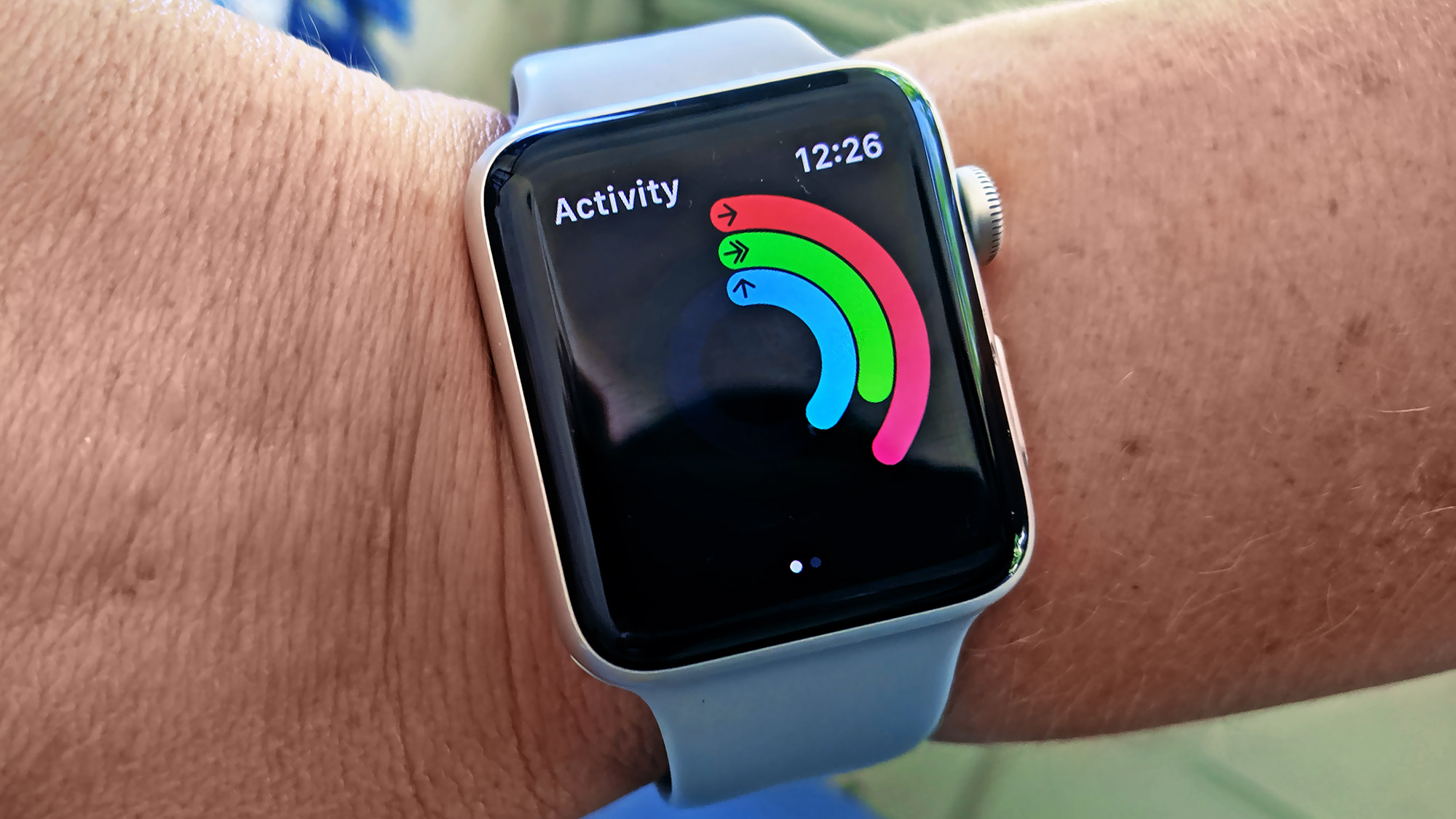Mr. Robot Virtual Experience is an Amazing Taste of TV's Future
Mr. Robot is already an engrossing, fourth-wall–breaking television show, and watching it in VR feels like the future of TV.
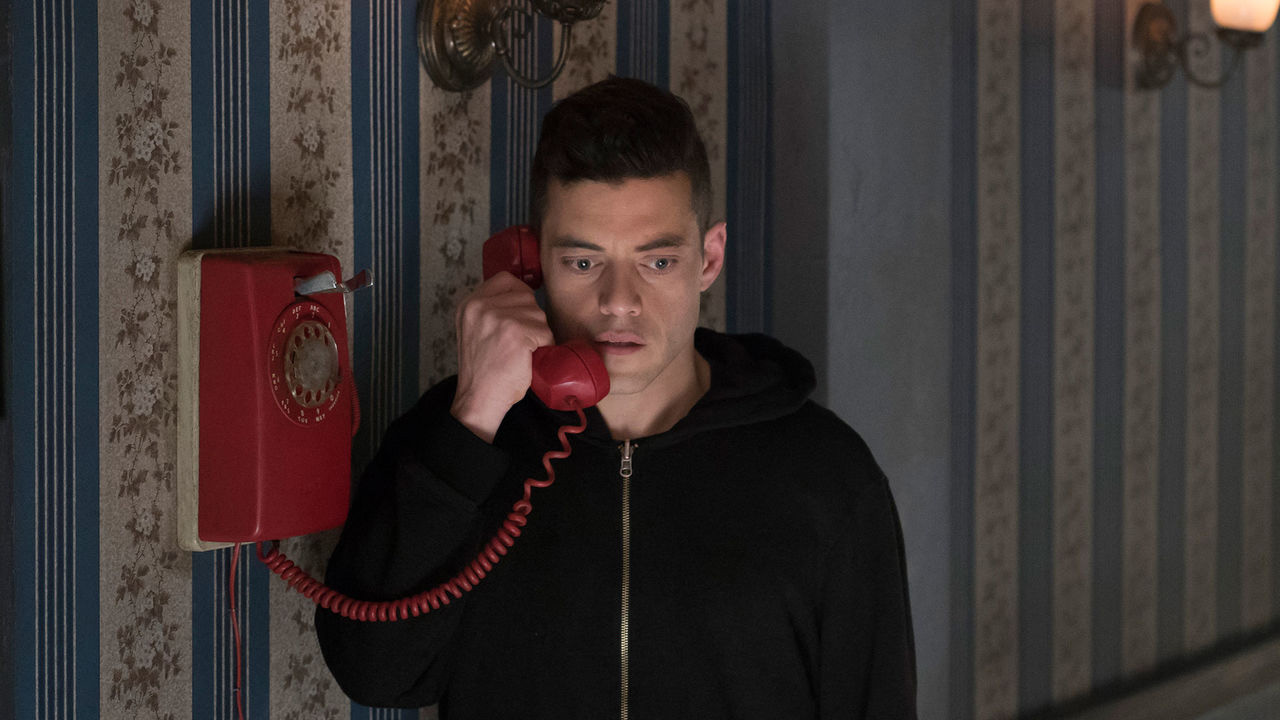
I'm sitting on a ragged, yellow couch in a small apartment in Chinatown, and next to me is the enigmatic hacker Elliot Alderson. He's smoking a joint as he talks about the power of memories to drudge up forgotten pain. He turns, looks me in the eye, then exhales his smoke into my face. "This is going to be bad," he says. The world flashes a slow, bright white.
None of that, not even the man sitting on the couch, is real, but it feels close. Elliot Alderson is the lead character of Mr. Robot, the Emmy-nominated TV show about a mentally uneven coder with an unhealthy sense of paranoia and a master's touch for digital espionage.
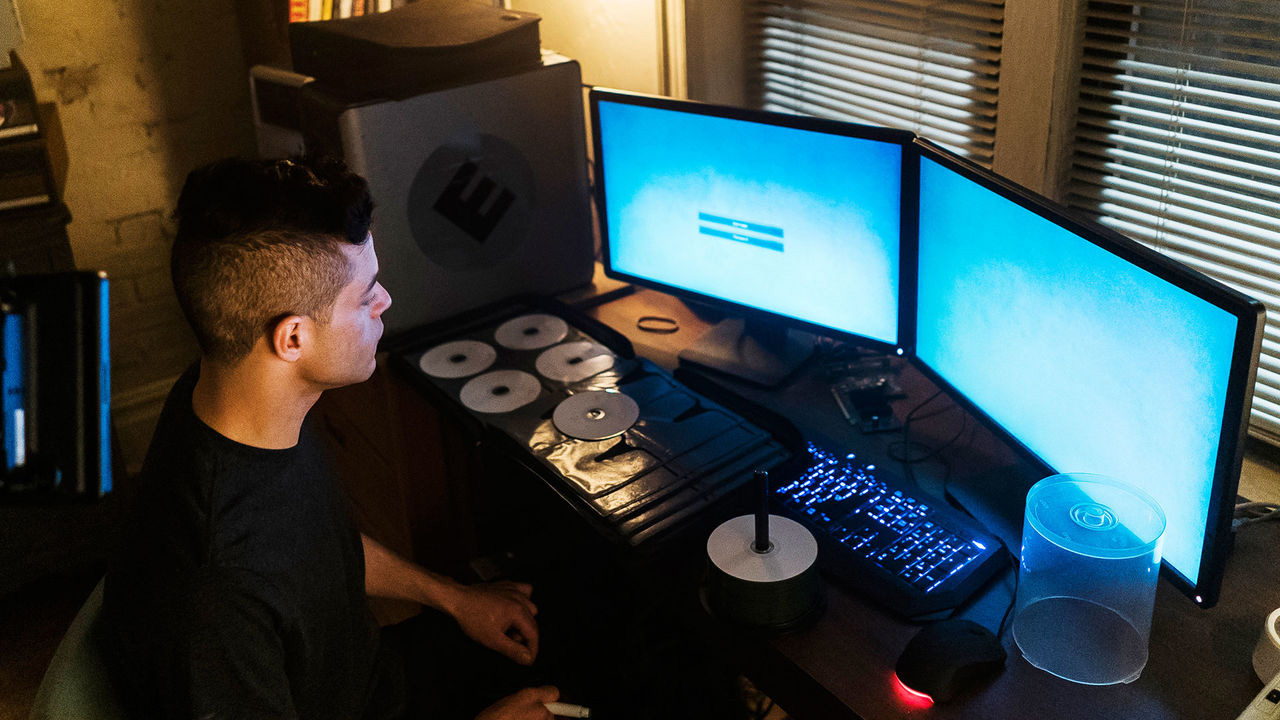
I'm joining Elliot as he wanders through his own memories in a first-of-its-kind virtual reality short feature called the Mr. Robot Virtual Reality Experience. Billed as "the first nationally simulcast virtual" event, the film's official launch was at San Diego Comic-Con last month, but it was simultaneously broadcast to fans everywhere for a scant 30 minutes. After that, the feature disappeared, unavailable to fans who let the narrow viewing window slip by. Now, the Mr. Robot VR short is back, and fans can sit, talk and walk with Elliot at their own convenience.
This VR Experience Is No Gimmick
The Mr. Robot Virtual Experience isn't a gimmicky crossover promotion; instead, it's a glimpse at how, in the near future, we'll be able to not only watch our favorite shows and movies, but also be a part of them. Lovers of television, film and storytelling in general should immediately grab a VR headset.
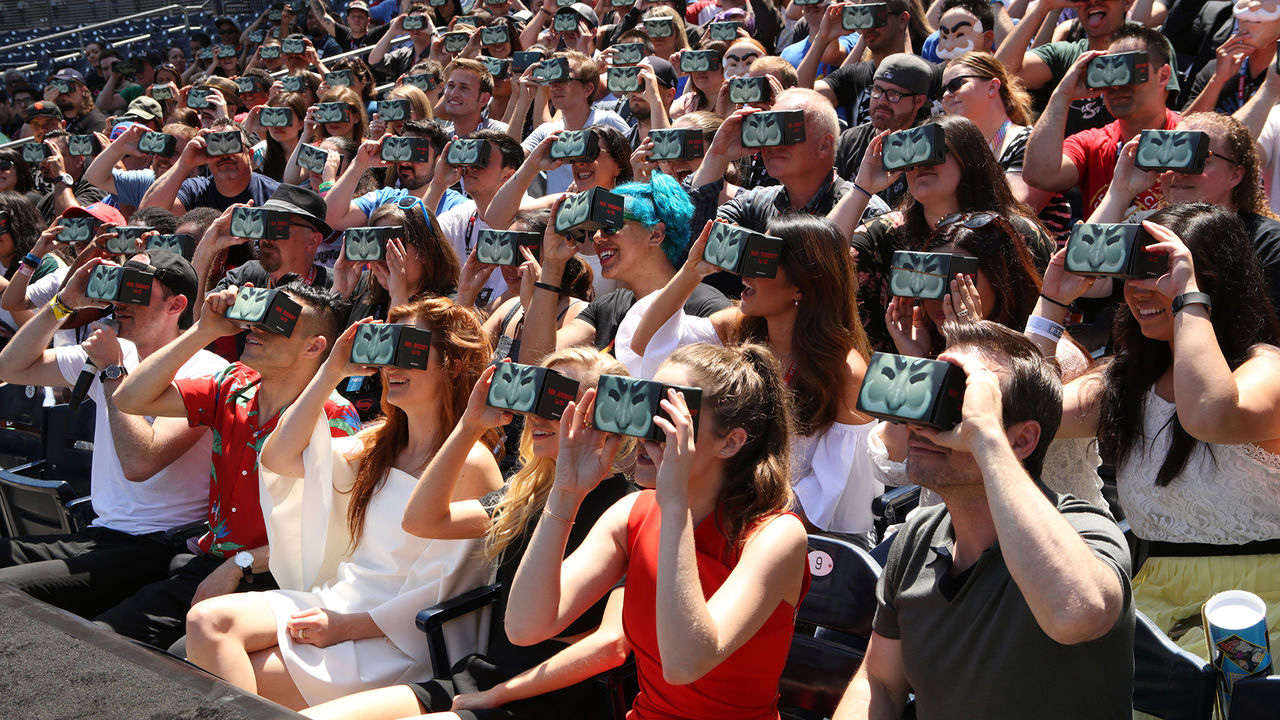
Intrigued watchers can find the 12-minute Mr. Robot VR short in the Within app on any platform that supports virtual reality devices, including headsets like the Oculus Rift and HTC Vive, any device that works with Google Cardboard, and smartphones that work with the Samsung Gear VR, like the Samsung Galaxy S6 I used to watch Elliot’s memories unfurl in front of and around me.
The film uses tricks only possible in a virtual environment to pull watchers headlong into the lead character's sense of loss and confusion.
When the Mr. Robot virtual special was announced in June, it garnered a good deal of excitement among show fans and critics. Those who follow Elliot's dark-minded adventures know the show to incorporate a diverse toolbox of visual, audio and narrative tricks that help draw audiences deeper into the shadowy story of corporate greed and populist retribution. Because the virtual mini-episode was written by show creator Sam Esmail, many fans anticipated the surround experience to be akin to the gripping thrills and emotional turns presented in the weekly show.
They were right.
Breaking the Fourth Wall vs. Putting You Inside Four Walls
Story-wise, the Mr. Robot VR Experience falls right in sync with the third episode of the series' second season, which aired the day before the virtual episode's launch. In that regular-season episode, an aggressive drug bender leaves Elliot crashing, emotionally and mentally, and he lashes out at an inopportune time: in the middle of a church support group he attends every week to keep himself in order. His rant ends with him reminding the group that the savior they turn to for compassion is the same one who took a loved one from him and allowed the killer to run free.
MORE: Your Mega Guide to the World of VR
In the Mr. Robot Virtual Experience, which aired the day after the episode with that wrenching outburst, Elliot relives a sanguine memory of a day spent with that loved one. It's a dramatic set of scenes, and it's rendered well, but it's not the true draw of the Mr. Robot Virtual Experience.
The real magic is how the film uses tricks possible only in a virtual environment to pull watchers headlong into the lead character's sense of loss and confusion.
Any media project can shoot video with a 360-degree camera and call it virtual reality, but Mr. Robot's storytelling methods make it ideal for a more atmospheric narrative platform like VR.
Talented coder that he is, Elliot is also a sufferer of social anxiety, schizophrenia, hallucinations and drug addiction. You need only watch a single episode of Mr. Robot to know that a palpable sense of paranoia and distrust clings to Elliot, who is played with a mechanical — and, yes, even robotic — intensity by Rami Malek.
Part of the show's success is in its ability to use narrative, visual and audio tricks to situate viewers in the uncomfortable intimacies of Elliot's mind. If he hallucinates shady men in dark suits, we see those men, and we watch them do the dark things Elliot imagines. We feel the tension in which Elliot lives each day via stretched, uncomfortable framing and awkward, unsettled videography. When Elliot's on a binge, we hear his world through shrill, distracting noise. And, most significantly, when something very important happens, Elliot narrates his feelings directly to the audience, addressing us as his invisible "friends."
The Real Power of VR Storytelling
Any media project can shoot video with a 360-degree camera and call it virtual reality, but Mr. Robot's storytelling methods make it ideal for a more atmospheric narrative platform like VR.
The "experience" begins on that aged couch in Elliot's thimble of a New York City apartment, and it's not long before the moment where he turns and looks me in the eye.
Elliot's stare made me feel fidgety, groundless, even unnerved.
Now, much is made of the piercing, dead-eyed stare Rami Malek executes in character as Elliot. Largely because, in order to convey the lack of social grace that defines the character, the actor performs entire scenes without blinking his eyes. Sitting across from Elliot in a virtual re-creation of the show's apartment set, I had the opportunity to live the effects of that gaze. Sure, I was living it in a fictional, virtual environment, but as it turns out, that doesn't matter.
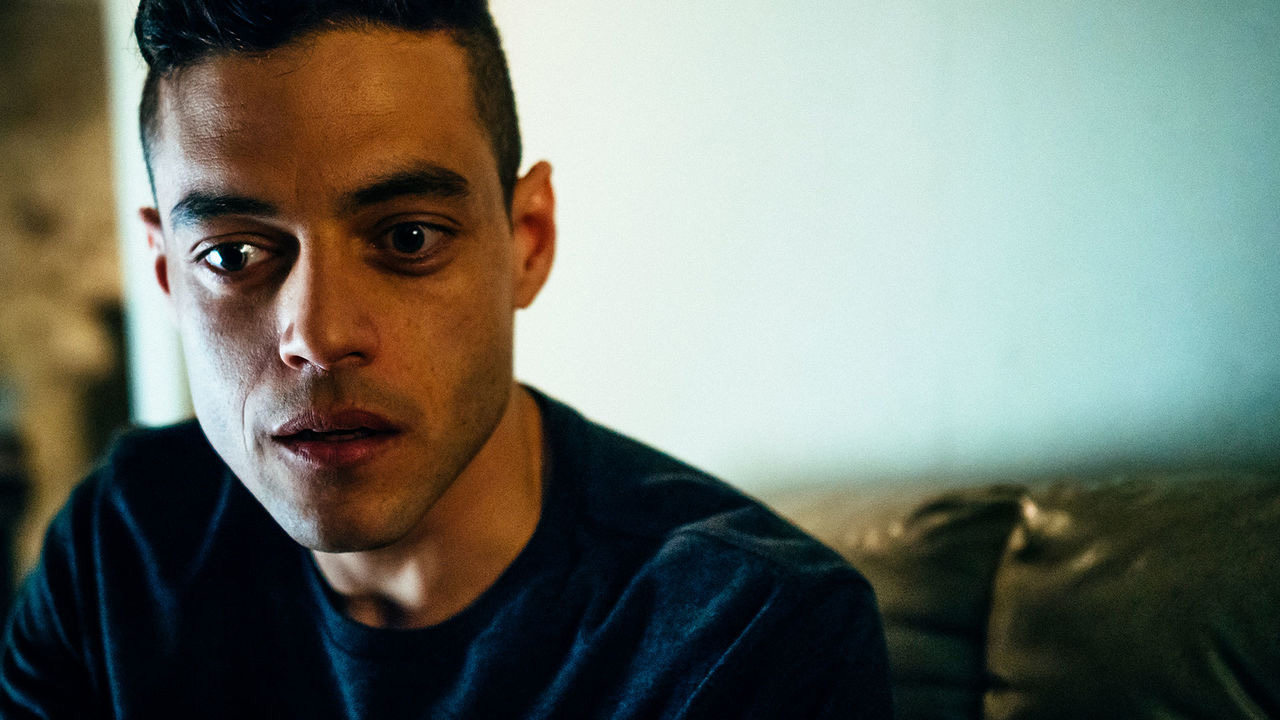
I'd seen Elliot give that particular stare to his psychologist in plenty of episodes. But aimed at me in VR, I now knew the exact emotion rendered by the actress who plays that doctor. Even from behind the Samsung Gear VR, that look made me feel fidgety, groundless, even unnerved.
It was startling, and then tense, as though a 10-foot needle were passing through me, inch by dragging inch. This is all to say it was a pretty creepy moment. I can only imagine all the ways critical moments from other Mr. Robot episodes, or even other television shows, could be wrought in the atmospheric, surround settings of VR.
MORE: Streaming Netflix? Here's the Best Stuff to Watch
Though Malek's stare was the most clear-cut example of Mr. Robot's enveloping shooting style brought to virtual reality, it was not the only way Elliot and his thoughts came to fuller life.
At one moment, the character looked to me directly as a silent plea for reassurance when he nervously spoke with that lost friend. At another, the room shifted and grew taller as I caught a simulated contact high from Elliot's drugs. My vantage point climbed toward the ceiling to help illustrate the effects of the joint.
Later in the short film, Elliot's memories spin from nervous to euphoric; his thoughts take on the visual style of the old iPod commercials, where silhouetted bodies kick and tumble in kinetic dance moves against bright neon backdrops. One might think Elliot's mood here is sarcastic, but because I hear his thoughts and am eavesdropping on his mind, I know this memory is the closest the character has been to happy in a long, long time.
Coming Back to the Real World
But nothing lasts forever, especially not fleeting flashbacks.
I'm now watching Elliot lay in bed with the person he's lost. My viewing angle looks straight down on them, as though I'm stapled to the ceiling. My position is a little awkward: If I look downward or to the side, I see the far ends of the apartment turned to the side. After a few short words, the memory flickers bright white, and the characters' movements start to jump and stutter. Elliot's losing the memory, and he begs himself to remember. "I don't want to forget this," he says to himself, and to me.
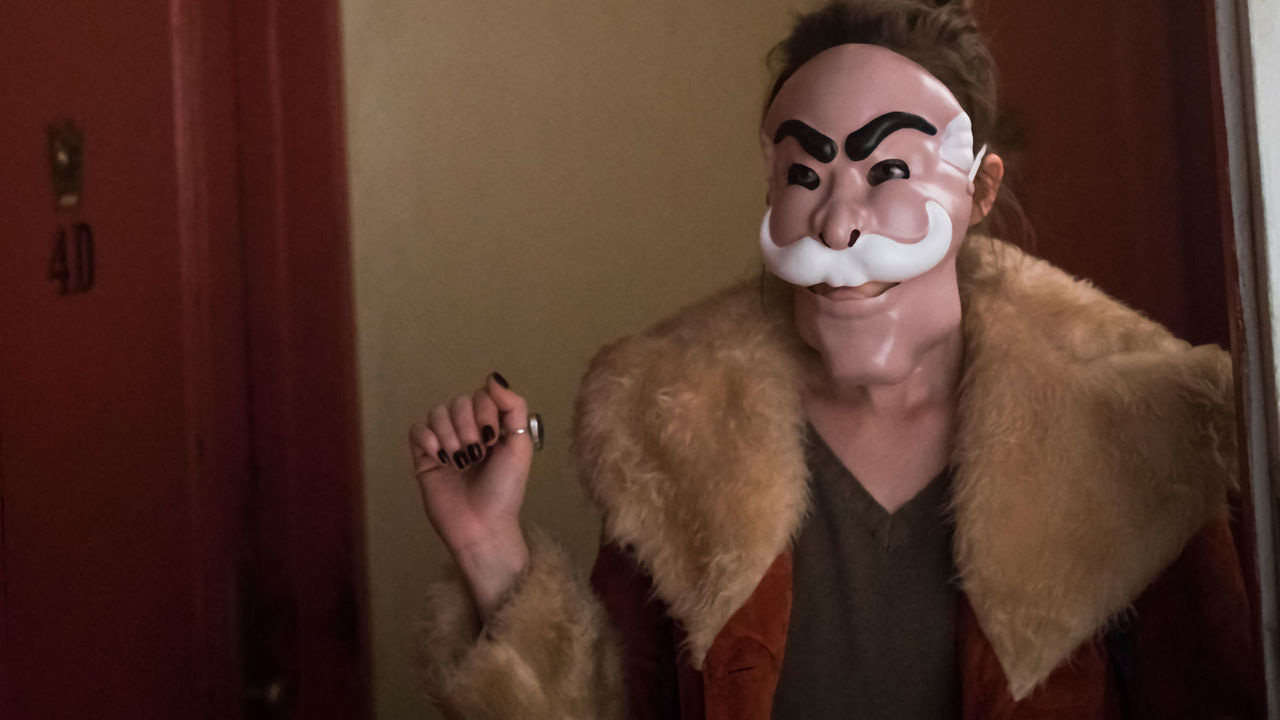
But it doesn't matter. Elliot's soon left in the darkness of his own mind, and I'm still right there with him, a virtual eavesdropper in a morose place.
Viewing this experience in the Gear VR gave this vignette a realness that wouldn't necessarily have been felt by watching it on a regular television. After getting 360-degree access to the show's character, I unplugged feeling more connected as a fan and excited to see more television programs make the leap into the virtual space.
Sign up to get the BEST of Tom's Guide direct to your inbox.
Get instant access to breaking news, the hottest reviews, great deals and helpful tips.
As social media editor, Kenneth Butler arms readers with Tom’s Guide’s limitless advice and know-how, digging into the tech world to help tell stories that get readers looking, voting, sharing, thinking and laughing. In the past, he’s worked as a fact checker, staff writer and production director for Laptop Mag and Tom's Guide. His off-hour hobbies include early morning runs, writing comedy, writing about pop culture, obsessing over details in the Marvel Cinematic Universe and planning his ultimate Halloween costume, Major Payne. He's also on an unending quest to try every flavor of Oreo. Lemon Double-Stuff is still the best.

